Inverted Bucket Steam Traps: How They Work
In inverted bucket steam traps, the bucket within the trap is attached to a lever that opens and closes the trap valve in response to the bucket’s motion. When steam or air flows into the underside of the inverted bucket and condensate surrounds it on the outside, the steam causes the bucket to become buoyant and rise. In this position, the bucket will cause the trap valve to close. There is a vent hole in the top of the bucket that allows a small amount of the vapor to be released into the top of the trap, where it is discharged downstream. As vapor escapes through the vent hole, condensate starts to fill the inside of the bucket, causing it to sink and allowing the lever to open the trap valve and discharge condensate (along with any vapor held in the trap).
IT IS RELIABLE & DUE TO ENERGY EFFICIENT.
The inverted bucket trap is known for its reliable operating principle. It’s simple design is a unique leverage system that multiplies the force provided by the bucket to open the valve against pressure.
The inverted bucket has only two moving parts-the valve lever assembly and the bucket. That means no fixed points, no complicated linkage. Nothing to stick, bind or clog.
Since the bucket is open at the bottom, it resists damage from water hammer, and wear points are heavily reinforced for long life.
FEATURES:-
- UKL UIBT is optimally sized for complete removal of condensate.
- UKL UIBT is designed to eliminate internal damages caused by impingement of Condensate.
- Maintenance free and long life.
- UKL UIBT has unique & efficient internal mechanism.
- Equipped with inbuilt strainer.
- UKL UIBT-28US is suitable with universal connector.
UKL UIBT-28US CORROSION-RESISTANT PARTS
The stainless steel valve and seat of the Uni Klinger inverted bucket steam trap are individually ground and lapped together in matched sets. All other working parts are wear- and corrosion-resistant material.

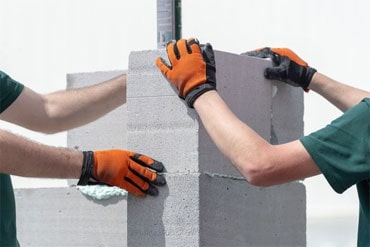 Aerated Concrete Block Industry
Aerated Concrete Block Industry  Brewery Industry
Brewery Industry  Captive Cogen Industry
Captive Cogen Industry  Chemical Industry
Chemical Industry  Dairy Industry
Dairy Industry  Edible Oil Industry
Edible Oil Industry  Fertilizer Industry
Fertilizer Industry  Hotel Industry
Hotel Industry 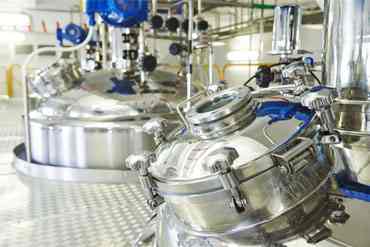 Pharma Industry
Pharma Industry 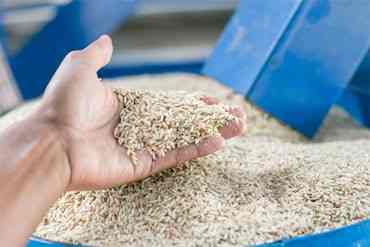 Rice Industry
Rice Industry 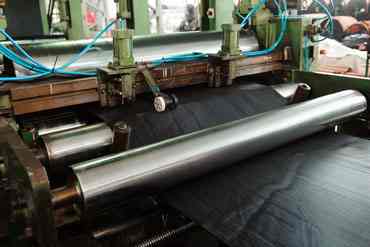 Rubber Industry
Rubber Industry  Soap Industry
Soap Industry  Sugar Industry
Sugar Industry  Textile Industry
Textile Industry 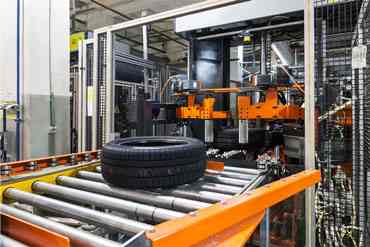 Tyre Industry
Tyre Industry